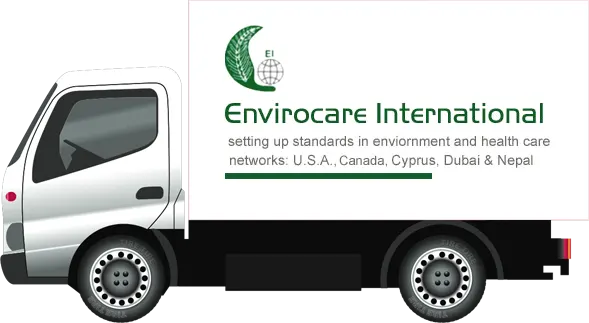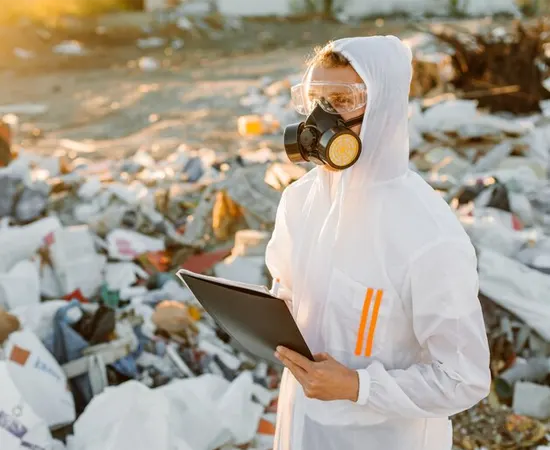Categories of Waste
The Hazardous Waste Management Rules, 2016 categorize hazardous wastes into various groups based on their characteristics. These categories help in determining the appropriate handling, treatment, and disposal methods.
Categories of Hazardous Waste :
Waste from Industrial Processes : These are wastes generated from industries such as manufacturing, chemical production, and petroleum refining. They include waste oils, solvents, sludge, and other byproducts that pose risks.
Biomedical Waste : This includes waste generated from healthcare activities, such as discarded medicines, syringes, blood-soaked materials, and other medical products.
E-waste : Electronic waste, including discarded electronics such as computers, phones, and televisions, which contain hazardous components like mercury, lead, and cadmium.
Used Batteries : Wastes from used batteries, which contain hazardous chemicals like lead, mercury, and lithium, and must be carefully disposed of.
Spent Solvents and Chemicals : Wastes consisting of solvents, acids, and chemicals used in laboratories, pharmaceutical production, and other chemical processes.
Construction and Demolition Waste : Waste from construction activities, including paints, adhesives, and demolition debris containing hazardous substances.
Packaging Waste : Hazardous materials left in containers, such as empty containers of chemicals, pesticides, and other toxic materials.
Waste from Spills or Accidents : Wastes generated during the handling or transportation of hazardous substances, such as chemical spills.




